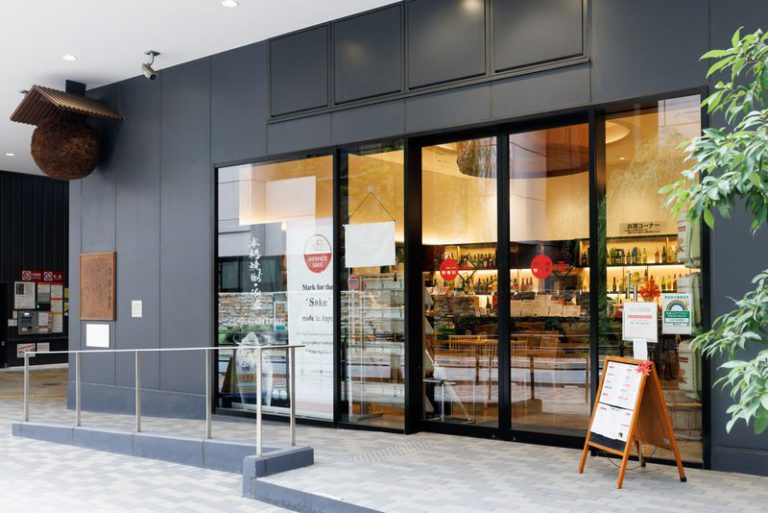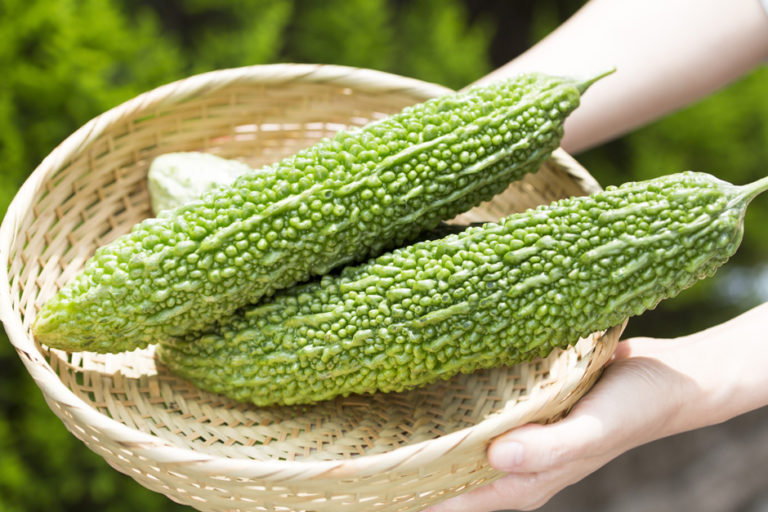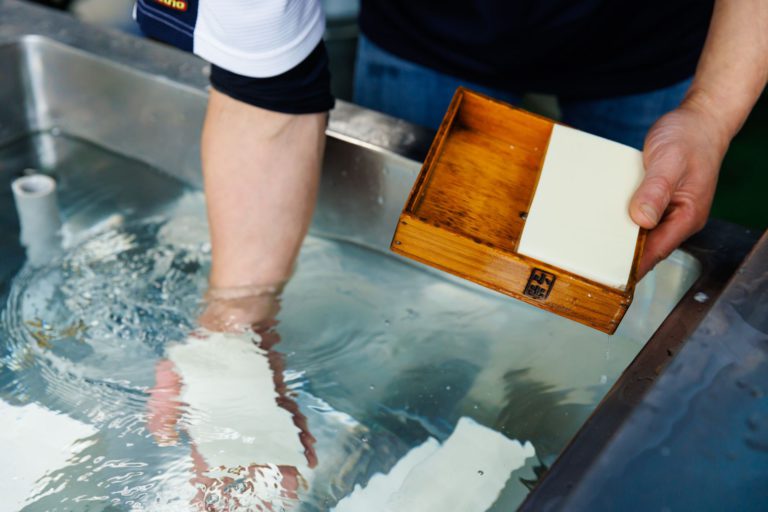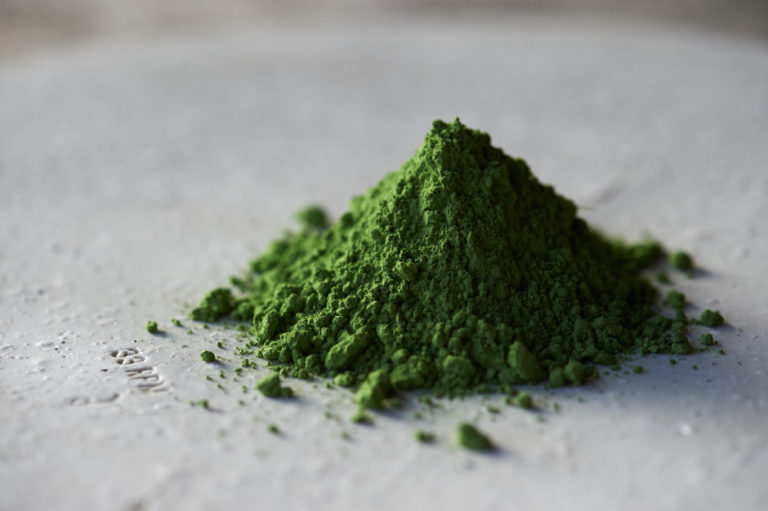Sake Tied to Local Food. How to Enjoy Hiyaoroshi, a Sake that Heralds Autumn
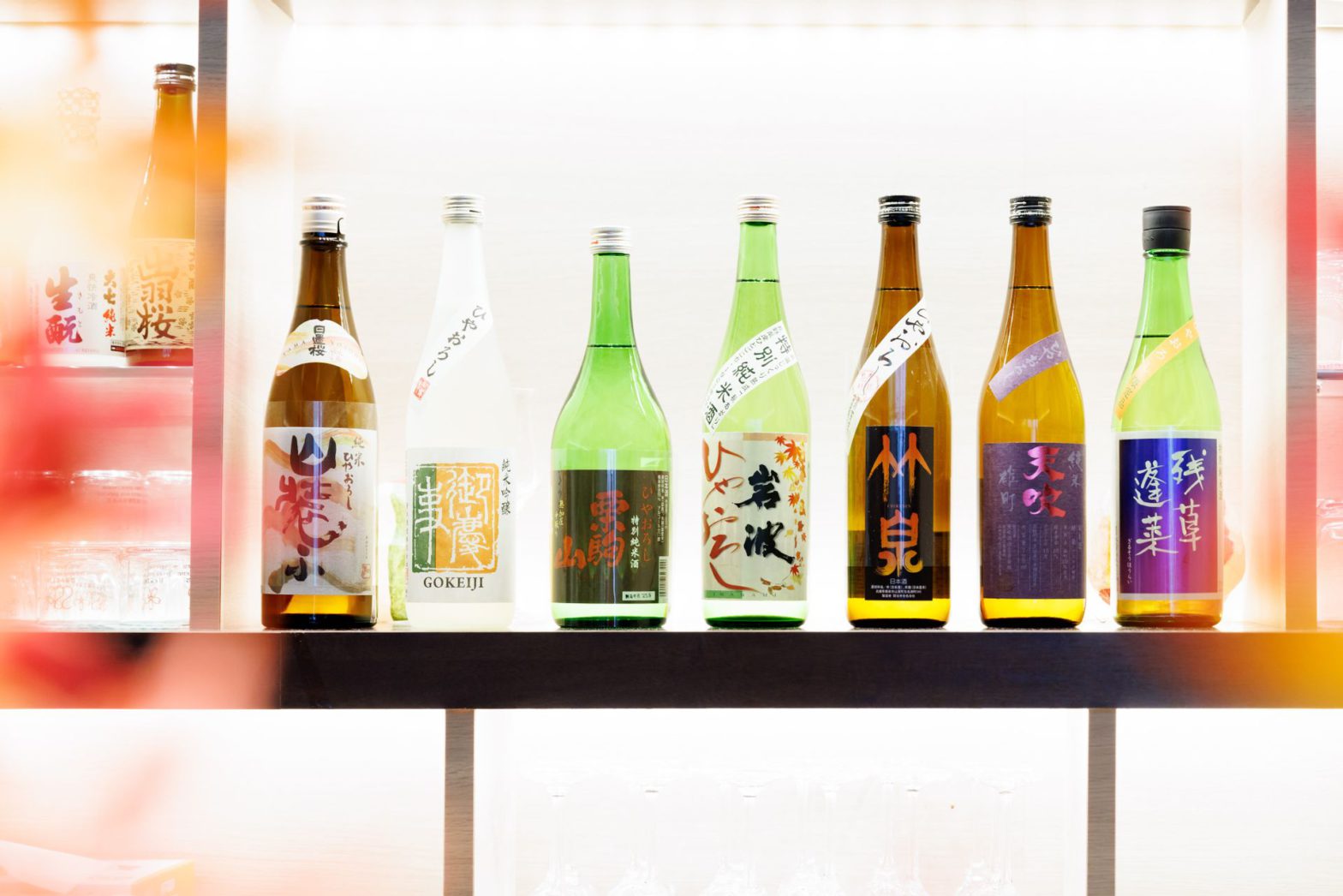
New season's sake used to be drunk in hiyaoroshi-style
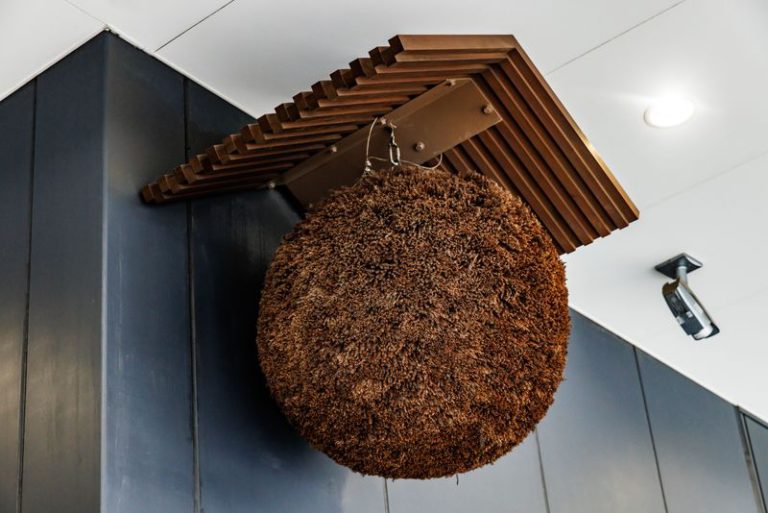
The lush cedar leaves hinted at the changing colors with the passing of the season.
Hiyaoroshi is a new season’s sake produced during the colder months, heated once, left to rest over the summer, and tasted in the fall. While contemporary sensibilities would argue that it is better to drink sake while it is still fresh, Imada says this was not the case with sake in the old days.
He elaborates, “Until about 20 years ago, freshly brewed sake was undrinkable. It was bitter, astringent, harsh, and unpleasant. After being aged over the summer, the sake’s flavor mellows and becomes suitable for drinking. Hiyaoroshi was traditionally a way to enjoy the freshly brewed sake of the new season. As brewing technology improved, producing sake with a delicate, clean taste became possible. The term “shinshu” (new season’s sake) now refers to freshly brewed sake drunk around January or February. Sake is often consumed nowadays in its fresh and unpasteurized form.”
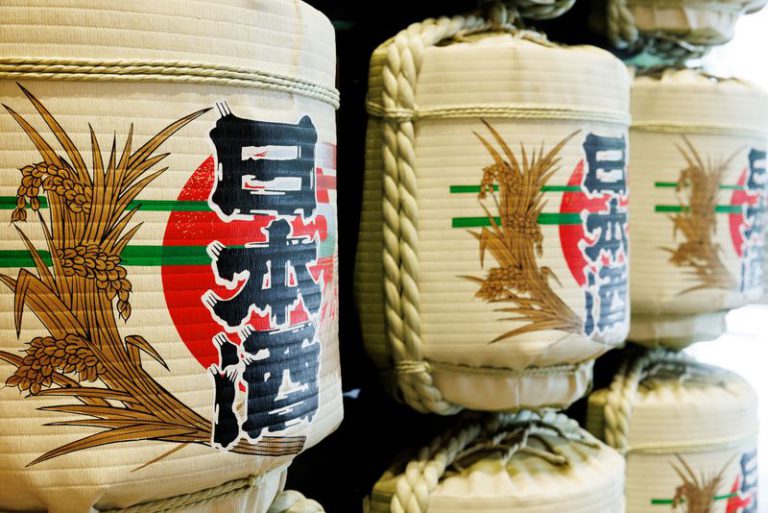
Sake undergoes a heat sterilization process called “hi-ire” to stabilize its quality. In the past, it was common to perform hi-ire twice, once after pressing and once when bottling. However, hiyaoroshi is heated only once and shipped at room temperature to maintain freshness. This is why it came to be called hiyaoroshi, which means “sold at room temperature.” Curiously, resting mellows the flavor. What happens to sake while it is in storage?
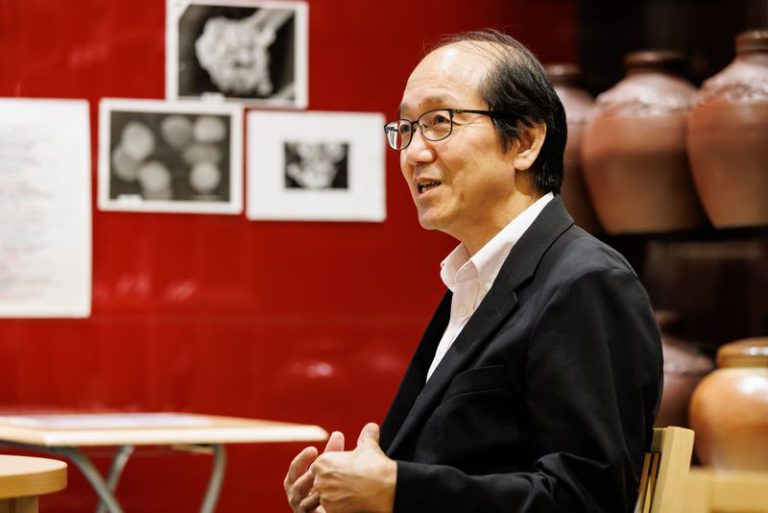
Imada explains, “The distinctive tingling sensation of freshly made sake comes from the alcohol. When sake is aged, the alcohol and water combine through polymerization, resulting in a mellow flavor. Freshly brewed sake also contains gas, creating an unpleasant “koji odor.” Over several months of aging, elements like gas, bitterness, and astringency dissipate. That’s why hiyaoroshi is easy and enjoyable to drink.”
Sake's taste is intertwined with the local food culture

Sake is made all over Japan, and its flavor is intimately connected to the climate, water, and food culture of the region where it is produced.
Imada says, “Sake, soy sauce, and miso breweries used to be found in every town. When the distribution network was not as developed as today, everyone cooked with soy sauce and miso from their town and drank sake to go with them. A sake brewery could not survive if it had no support in the community, so it inevitably developed a taste that suited the local food.”
Despite the decline in sake breweries, the unique regional characteristics remain strong. The flavors are diverse even within the same prefecture, but for the purpose of simplicity, we have categorized them into four regions: Tohoku, Kanto Koshinetsu, Hokuriku-Kinki-Chugoku/Shikoku, and Kyushu. We asked Imada to tell us about the flavor profiles of hiyaoroshi, referring to those produced in each area.
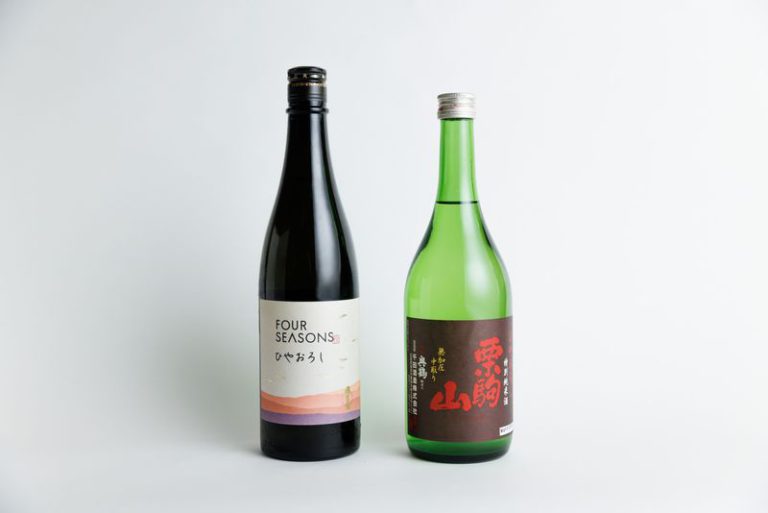
[Tohoku]
FOUR SEASONS HIYAOROSHI/Hiraizumi Sake Brewery (Akita Prefecture)
Kurikomayama Special Junmaizake Hiyaoroshi/Senda Sake Brewery (Miyagi Prefecture)
“Sake in Tohoku is generally light and refreshing in flavor. Today, I chose hiyaoroshi from Akita and Miyagi, but the ones from Miyagi and Yamagata are especially crisp. Sake from Akita has a beautiful flavor, but it also has a richness unique to a rice-producing region.”
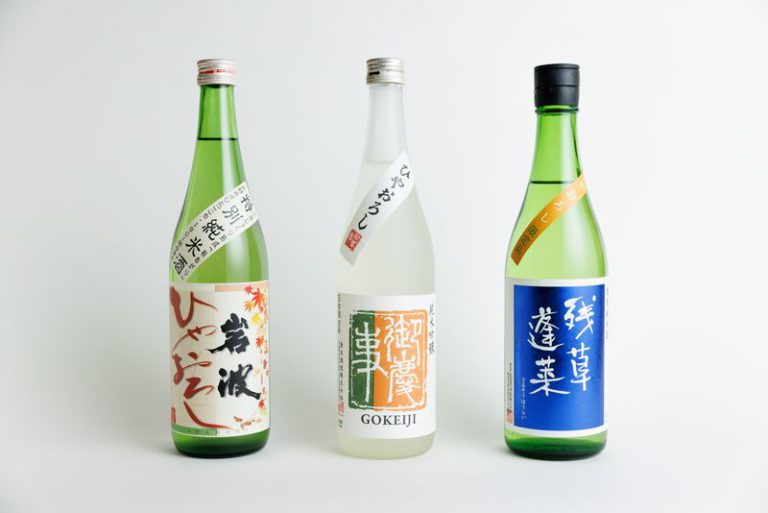
[Kanto-Koshinetsu]
Iwanami Special Junmaizake Hiyaoroshi/Iwanami Sake Brewery (Nagano Prefecture)
Gokeiji Junmai Ginjo Hiyaoroshi/Aoki Sake Brewery (Ibaraki Prefecture)
Zaruso Horai Special Junmai Hiyaoroshi/Oyatakashi Sake Brewery (Kanagawa Prefecture)
“The Kanto-Koshinetsu area is vast, and within Nagano Prefecture, the regions of Suwa, Hokushin, Kiso, and Saku each have distinct cultures. The characteristics of sake are equally varied, some rich, some light. Niigata in the Kanto region produces a lot of light sake, which probably goes well with the mild white fish caught in the surrounding seas. There is also a marked difference between sake made in the mountains and sake made near the sea. In mountainous regions such as Nagano, Gifu, Yamanashi, and Tochigi, people eat river fish with a muddy aroma and wild game such as bear and boar. Miso-flavored wild game, for example, requires sake with a robust flavor that can hold its own, and there is still a trace of that today.”
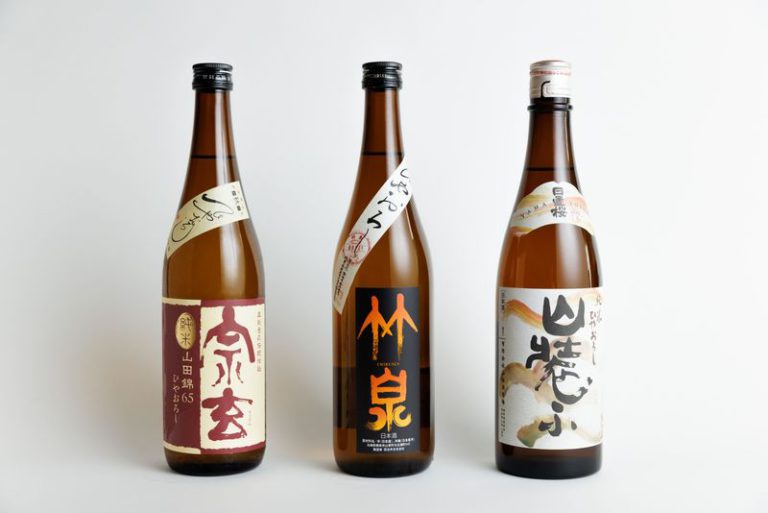
[Hokuriku, Kinki, Chugoku, and Shikoku]
SoGen Junmai Yamadanishiki 65% Hiyaoroshi/SoGen Sake Brewery (Ishikawa Prefecture)
Chikusen Junmai Ginjo Omachi Hiyaoroshi/Tajime (Hyogo Prefecture)
Special Junmai Hiyaoroshi Yamayosou/Yamane Sake Brewery (Tottori Prefecture)
“Hokuriku consists of three prefectures: Toyama, Ishikawa, and Fukui. Toyama produces a light, refreshing sake, similar to Niigata. Since Ishikawa and Fukui have deep ties to the Kansai region, the food is often well seasoned in the Kansai style, and the sake has a bold flavor. Tottori Prefecture is a special region with a number of very robust and satisfying types of sake. It’s my personal favorite.”
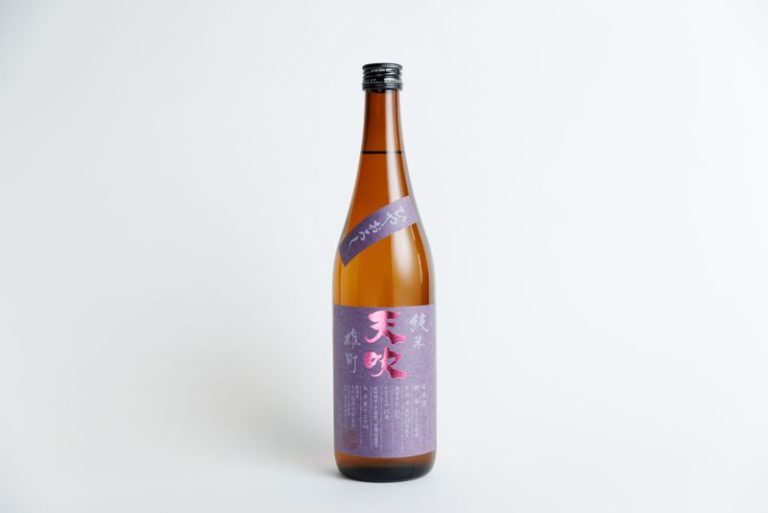
[Kyushu]
Amabuki Omachi Hiyaoroshi/Amabuki Shuzo (Saga Prefecture)
“Separated by the sea from Honshu, the culture of Kyushu is quite different, characterized by its sweeter food. It’s well known that they put sugar in soy sauce in southern Kyushu. A slightly sweet sake is the only thing that can stand up to sweet and strongly seasoned dishes. Amabuki in Saga Prefecture is a brewer that often uses flower yeast, which gives it a gorgeous aroma.”
The brand's true value can be appreciated by sticking to the right temperature
Hiyaoroshi is finally ready to drink in the fall. The optimal way to savor the unique flavor of each brand is to consume it at its recommended temperature. When you go to an izakaya, you are often served icy cold sake, but drinking it cold is ideal for enjoying the freshness of sake, such as namazake (unpasteurized sake). Other sake will taste bitter if the temperature is too low. To determine the right temperature, we should still rely on the expertise of a professional.
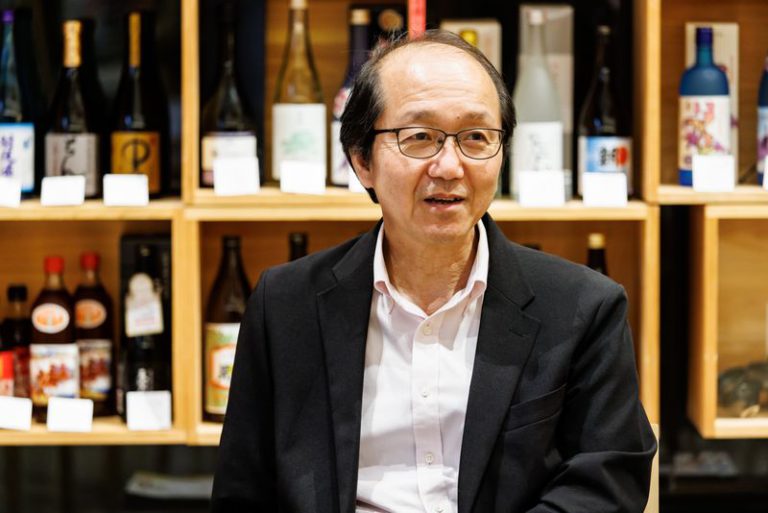
Imada explains, “I recommend drinking sake at the right temperature. The best temperature depends on the sake, and even among the hiyaoroshi sake I selected today, some are delicious chilled, while others enhance in flavor at a warmer temperature. Since it’s difficult for an amateur to judge and adjust the temperature, try going to a restaurant serving it at an ideal temperature. Establishments featured in reliable, professional magazines are a safe bet. In addition to the serving temperature, the storage temperature of sake is crucial. Storing sake at a consistent temperature of 15°C (59°F) will age it, much like wine. This is one of the charms of sake: you can savor its evolving flavors over time.”
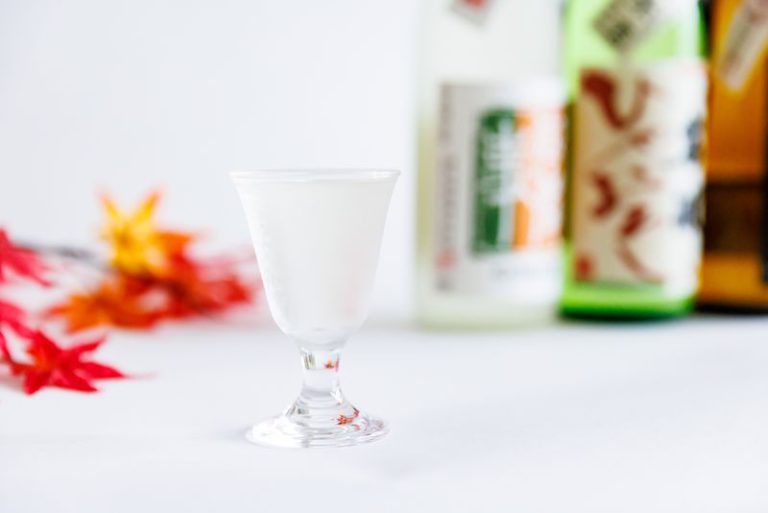
Hiyaoroshi is a traditional autumnal treat. This season, how about savoring the flavor by paying attention to temperature?

